BMW 335i F30 N55
Performance Modifications Breakdown
A 3-liter inline 6 with a single turbo that kicks ass
Are you looking to get more excitement out of your BMW F30 335i? The stock N55 engine is a 3.0 liter single turbo engine, it has proven to be a quiet reliable and sought after for its potential power gains.
Here is a breakdown of some common modifications:
- Flash Tune/Piggyback
- Cold Air Intake
- Downpipe – High Flow Catted & Catless
- Front Mounted Intercooler
- Charge Pipes
- Axle-Back Exhausts
- Diverter Valve / Blow Off Valve
- Baffled Oil Catch Can
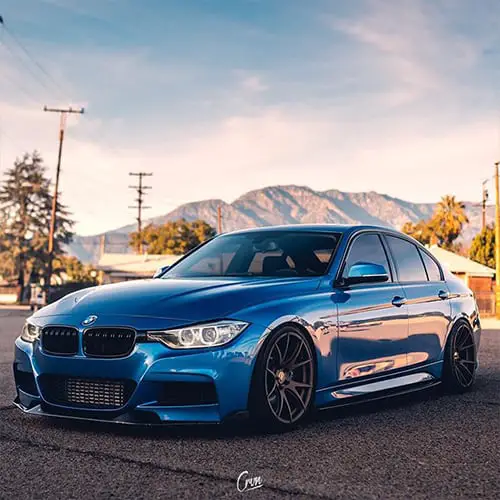
Flash Tune or Piggyback Tune
When it comes to software tuning, you basically have two options: a flash or a piggyback. A few years ago cars used to have a chip which could be replaced with an aftermarket one, so you’d be essentially “chipping” the car. Nowadays, the chip, or the car’s ECU, is not removable, and they’re often locked by the manufacturer to prevent any third-party tampering.
Piggyback is essentially a tune where you receive an external box (a device) which you then connect and tie into the engine’s computer wiring. Because piggybacks don’t change the factory engine control parameters, they’re limited to what they can do. They can’t, for instance, remove speed limits, remove cold starts, or recalibrate anything controlled internally by the ECU itself. What they can do, however, is manipulate inputs such as wastegate control, the MAF, etc.
A flash tune is when you reprogram the ECU itself, either by taking your car to an actual tuner or using a laptop or a device to do it yourself. A flash tune is much more customizable, especially if you take it to a tuner, but it’s also more time-consuming and usually more expensive. They often yield more power, but that largely depends on the company making the tune and the tune itself. That being said, proTUNINGfreaks’ bootmode3 is one of the easiest and cheapest ways of extracting power from your turbocharged N55 engine. It’s able to unlock BMW’s DME and flash the ECU in a matter of minutes. The best part is you can always re-flash the car back to stock and lock the DME in case you need to take the car to a dealership.
Options:
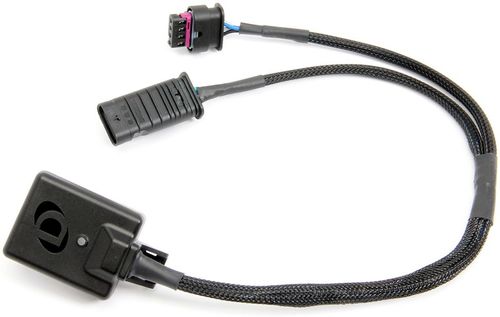
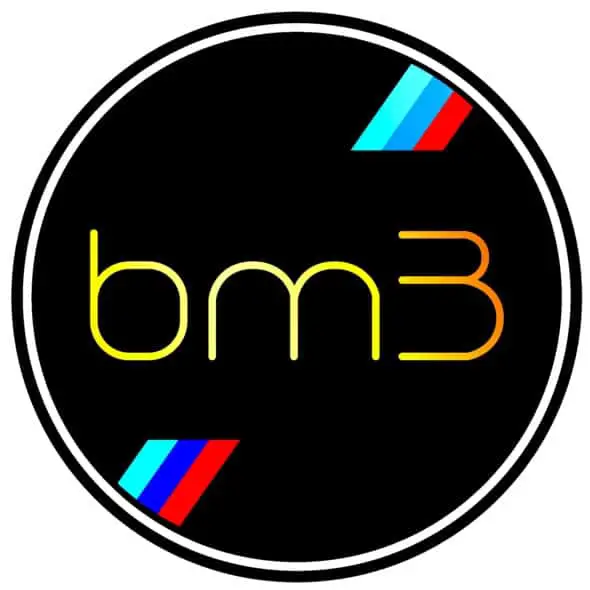
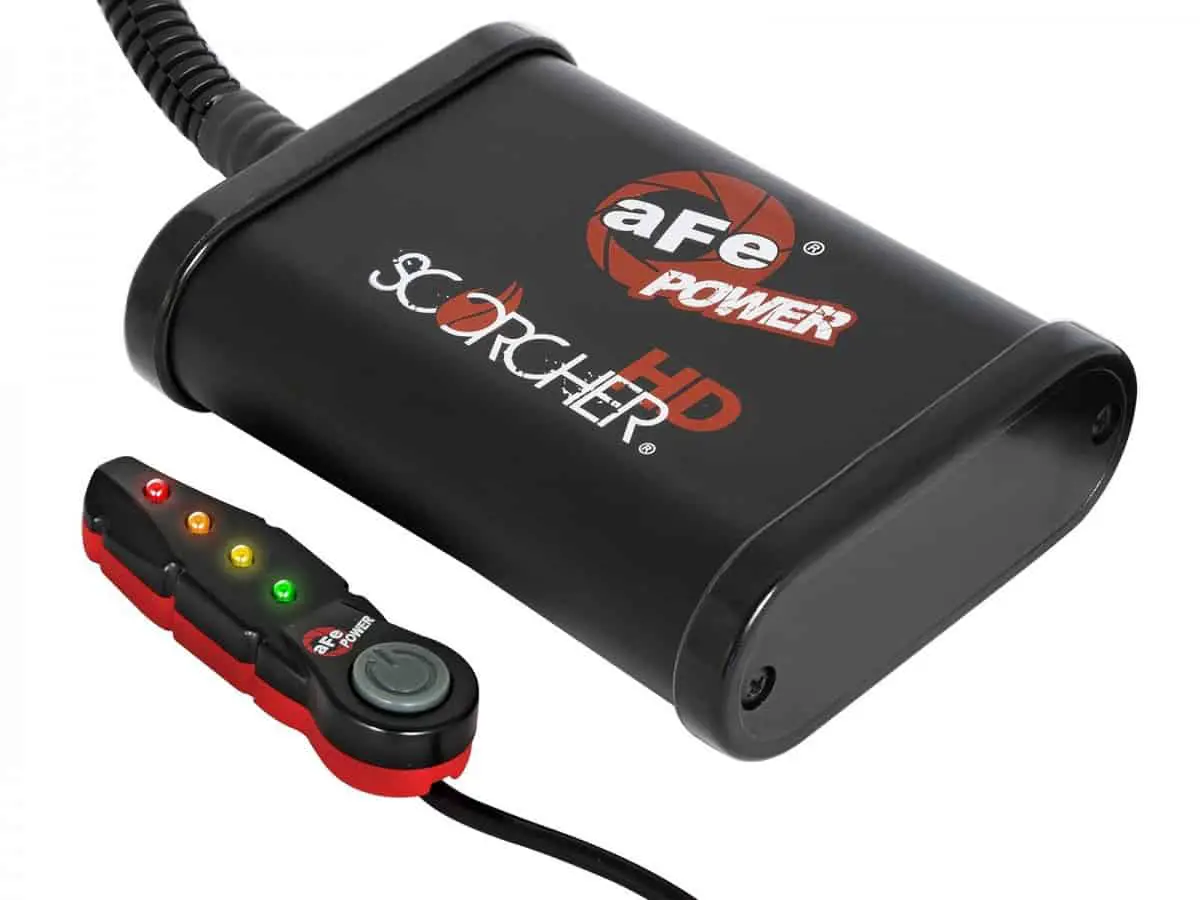
Cold Air Intake
A cold air intake, especially one that’s larger than stock, frees up the engine allowing it to breathe better and therefore produce more power. With a naturally-aspirated engine, the power bump is negligible, but if you’re doing a full bolt-on build on a turbocharged engine, the cold air intake alone will yield anywhere between 10 to 25 horsepower. What’s more, it opens the door wide open for other mods in the future where the limiting factor won’t be the amount of air you can get in the engine.
Options:
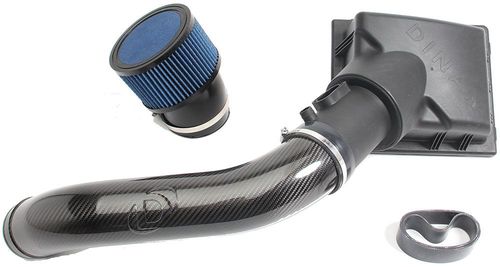
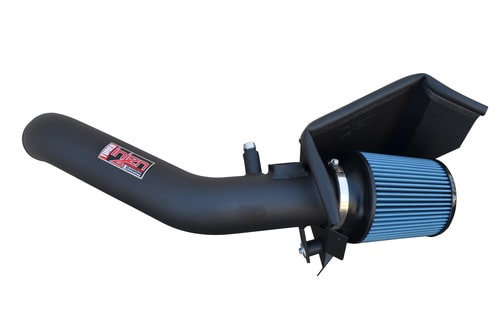
Downpipe – High Flow Catted & Catless
The downpipe is the first part of the exhaust system which bolts up directly to the turbocharger and carries air from the turbo to the cat-back section of the exhaust. The stock downpipes on an N55 have catalytic converters which are extremely restrictive once you start introducing mods (such as an air intake or a tune). Because of the restriction, you get back-pressure, forcing air back towards the turbo and ultimately reducing turbo spool. As you start introducing more air inside the engine, more air has to come out through the exhaust. If you’ve got a narrow, restricted downpipe, all that air gets trapped with nowhere to go.
As far as downpipes go, you’ve got two options: catless and high-flow catted. The only real difference is that the former doesn’t have a catalytic converter while the latter does. Your choice ultimately depends on laws/regulations and whether you’re chasing absolute performance.
High Flow Catted (Less Smelly – Loud)
- VRSF 400 Cell
- aFe 300 Cell
- Evolution RaceWorks
- Wagner Tuning
- AC Schnitzer Downpipe w/ Sport Cat
Catless (Smelly – Even Louder)
- VRSF – $250
- aFe – $400
- Evolution RaceWorks
- Racing Dynamics Race Downpipe
- ARMYTRIX High-Flow Performance
- Active Autowerke Race Downpipes (2 Piece)
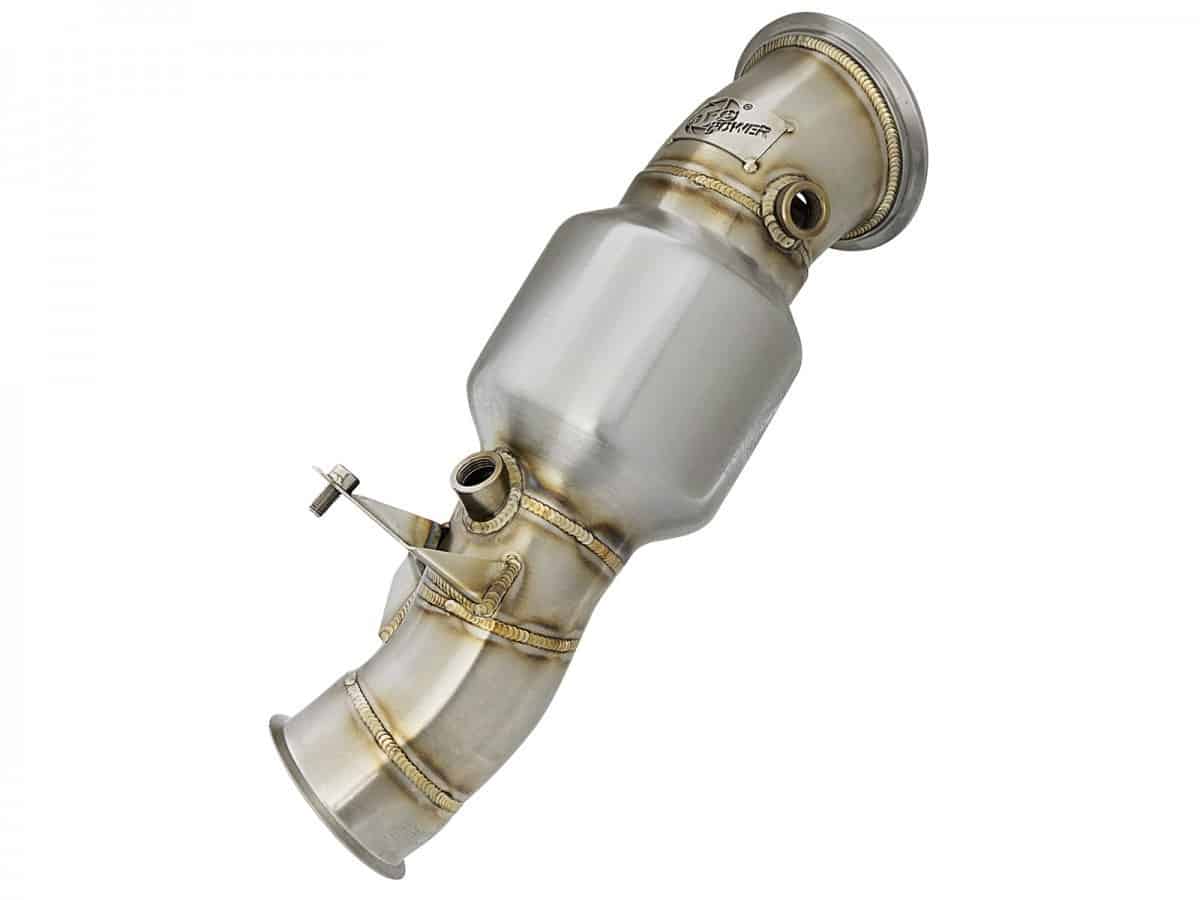

Front Mounted Intercooler
The intercooler is in charge of cooling the charged air from the turbo before it enters the engine. The OEM BMW cooler does a great job at low boost levels and with moderate airflow. Once you start adding more boost and you increase the airflow, the stock unit gets easily overwhelmed and can’t keep up with cooling demand. A well-thought-out, sufficiently large intercooler will be able to prevent heat-soak and maintain cool engine temperatures for much longer, which is essential if you’re doing any kind of track work.
Options:
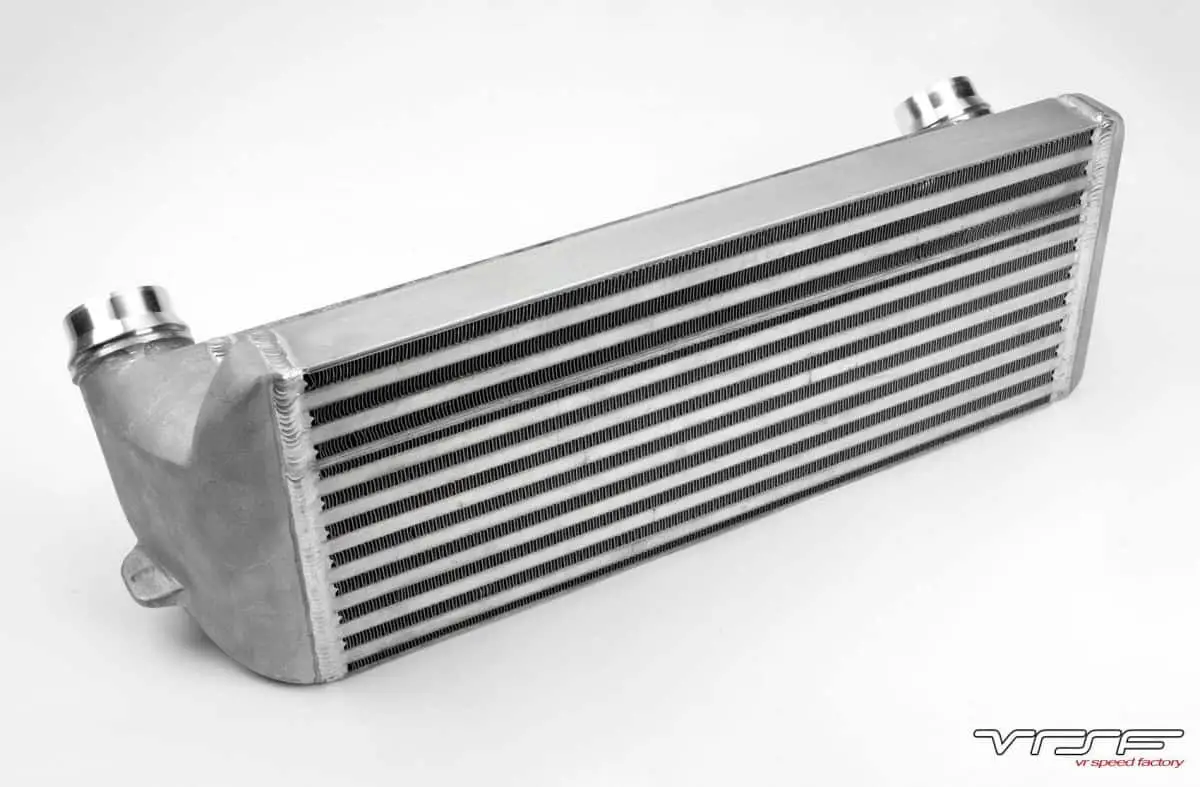
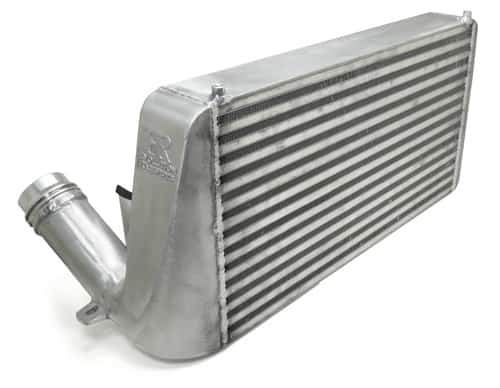
Charge Pipes (Cold and Hot)
The charge pipe connects the intercooler to the intake. Stock charge pipes start randomly blowing up and disintegrating once you get past a certain boost level and airflow. Most AEM charge pipes are made out of aluminum to prevent that happening. The added benefit is that they slightly aid throttle response and reduce turbo lag, though that’s hardly noticeable.
Options:

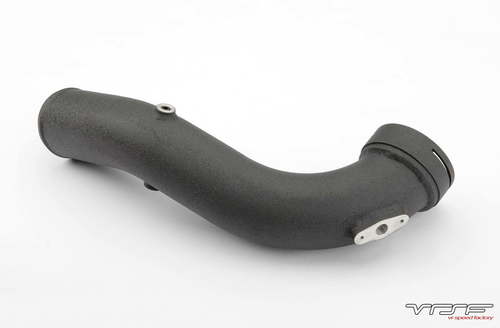
Axle-Back Exhuasts
A good exhaust system can completely make or break the sound and feel of your N55-powered BMW. Axle-back exhausts are cheaper than complete exhaust systems since you’re only replacing everything behind the rear axle (hence the name axle-back). That includes the factory rear mufflers and the exhaust pipes themselves. Cat-back exhausts don’t yield a lot of performance gains but they affect the way the car sounds rather dramatically. A good exhaust system can make the difference between a clean straight-six engine note and one which is raspy and drones on the highway.
Options:
- aFe Mach Force XP Axle-Back 2-1/2 inch
- AWE Tuning Touring Edition Axle-Back
- Dinan Free Flow Axle-Back
- Active Autowerke Rear Exhaust
- Eisenmann Stainless Axleback Exhaust
- aFe Mach Force Axle Back 3 inch
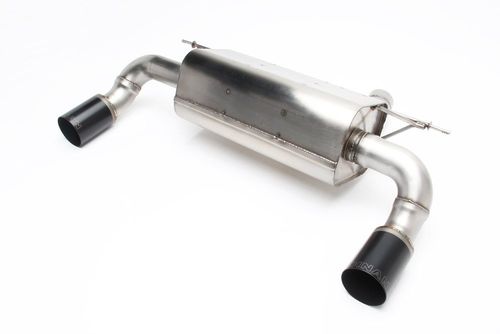
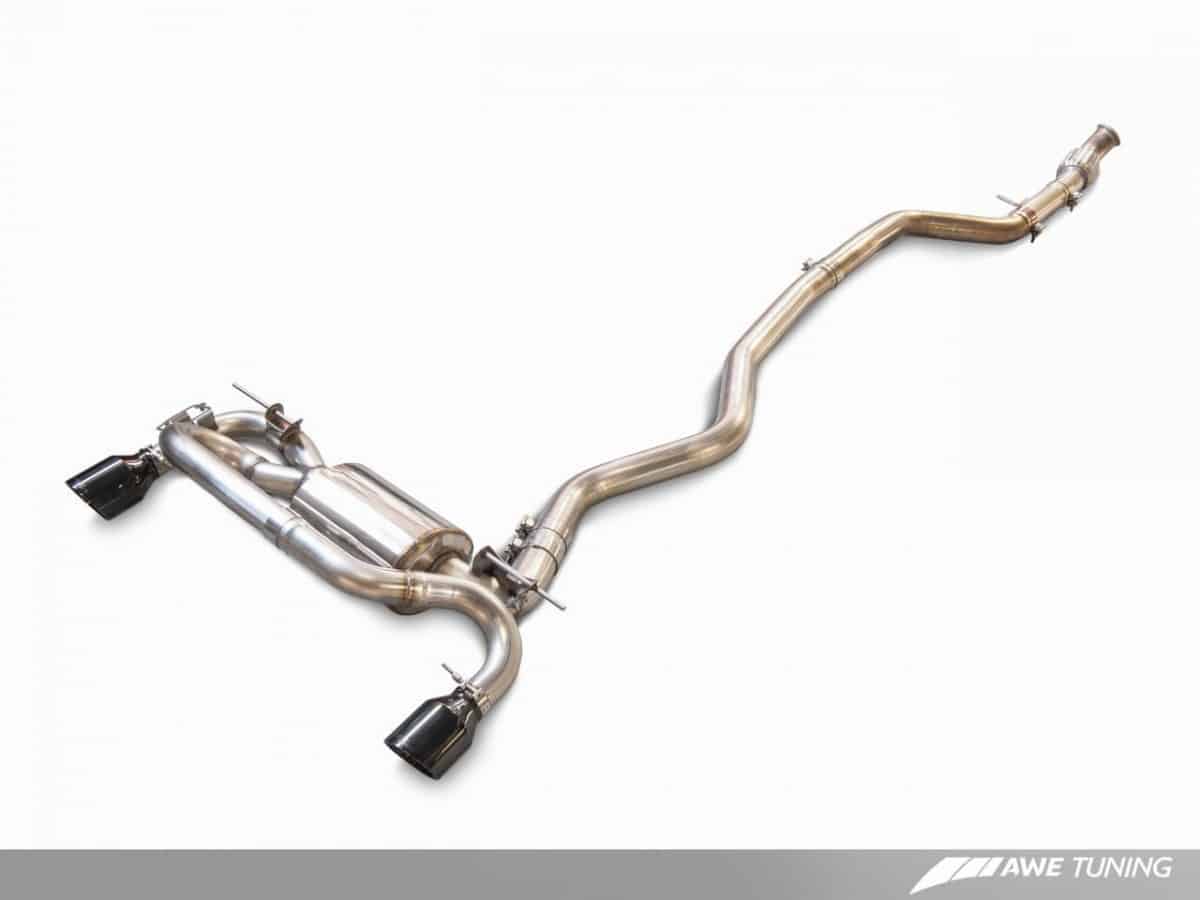
Diverter Valve / Blow Off Valve
Unlike the N54 which had an external spring-driven blow-off valve, the N55 uses an electronic valve that’s built into the engine. As a result, finding BOVs for the N55 is slightly harder and they’re usually one of the last upgrades people do to their BMW. Most aftermarket BOVs are best used in conjunction with a full bolt-on car, where the BOV can take full advantage of the increased airflow.
Options:
- GoFast Bits Diverter Valve
- TurboSmart Diverter Valve & Blow Off Duo
- TurboSmart Diverter Valve
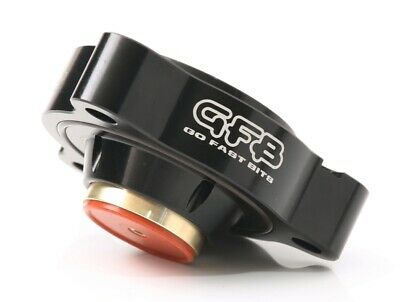
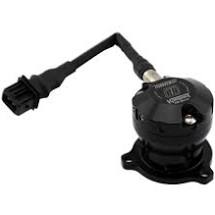
Baffled Oil Catch Can
As you start adding more boost and power to your N55, you might suffer from oil control problems, carbon build-up, and degraded engine performance. An oil catch can prevents or reduces most of those issues, especially at high-to-extreme boost levels. An oil catch can does exactly what it says on the box: it prevents oil buildup and back-blow, catching oil which might have otherwise completely coated your intercooler and charge pipe.
Options:
- Mishimoto Baffled Oil Catch Can
- G Plus Baffled Oil Catch Can
- BMS Turbo Double Baffle Oil Catch Can
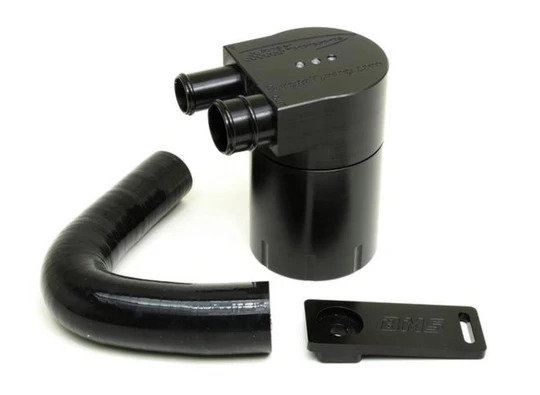
Coilovers or Springs
Explaining coilovers and springs would take a whole separate article entirely, but the gist of it is this: an AEM suspension solution will yield in reduced body roll, increased stiffness, and generally better dynamic control over the car. There are tons of suspension manufacturers to choose from, and it largely depends on what your budget is and what you’ll mainly be using the car for.
If you just want to lower the ride height, going for a set of springs will cost you less and you’ll get the desired results. A full set of coilovers, especially adjustable ones, is a great option if you’re looking to track the car or just want a better performance/comfort ratio.
Coilovers:
- KW Suspensions 0.6″-1.8″ x 0.8″-2″ Street Comfort Front and Rear
- Godspeed Project 1″-3″ x 1″-3″ Mono-SS Front and Rear
- Bilstein 1.2″-2″ x 1.2″-2″ B14 Series Front and Rear
- Air Lift 4.9″ Front Performance Air Suspension Lowering Kit
- aFe CONTROL 430-503002-N Featherlight Single Adjustable Street/Track
Springs:
- Dinan Performance Spring
- aFe POWER 410-503002-N aFe Control Lowering Springs
- AST Suspension 1.2″ x 1″ Front and Rear Lowering Coil Springs
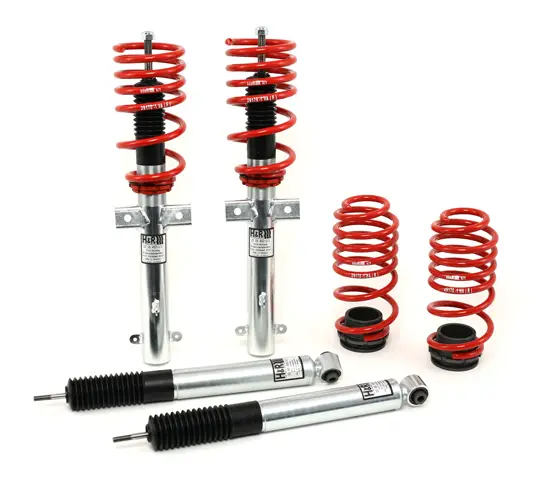
Wheels & Tires
Again, there are probably hundreds of wheels to choose from, from at least two dozen different manufacturers. Some of the most popular include BBS, Enkei, HRE, Volk, Konig, O.Z., Vossen, and a lot more. When it comes to tires, you’ve got arguably even more options than you do with wheels. Do you want a set of performance tires or ones which are street-oriented? Are you looking for summer tires, all-seasons, or winters? The most popular options seem to be Michelin’s Pilot Sport 4 and Pilot Super Sport, both of which make for excellent daily drivable performance tires, as well as Pirelli’s P Zero and Toyo’s extreme R888 if you’re looking for the ultimate performance tire.
Brands with Options: Lug Nut Pattern 5×120
- HRE
- Konig
- Vossen
- BBS
- Volk
- Niche
- Vorsteiner
- Rotiform
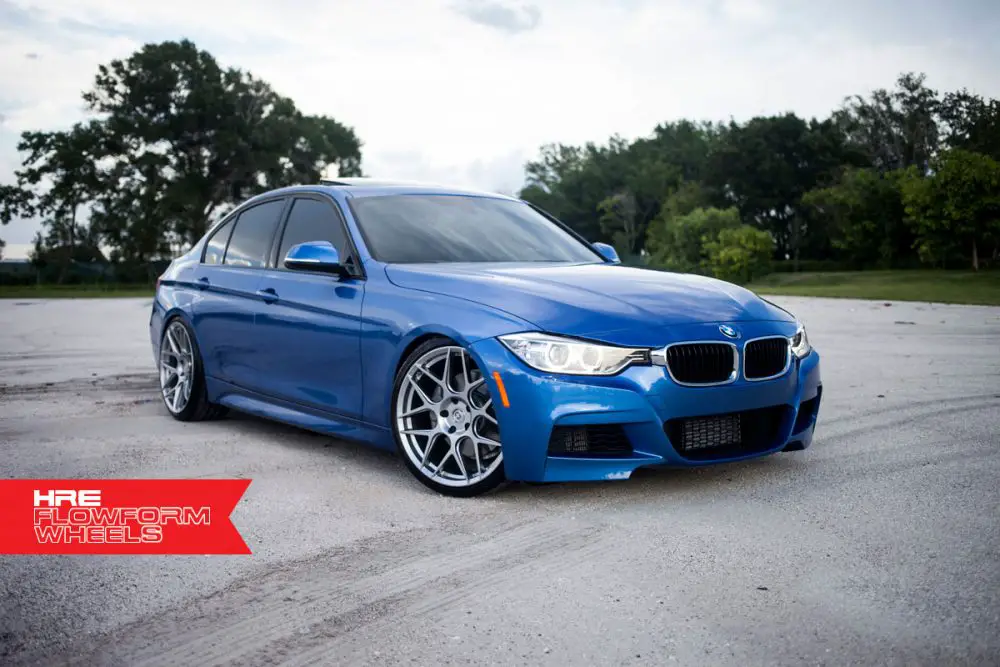
Popular Blogs
Don’t see the topic you’re looking for? We are still growing out knowledge base, let us know what you want to learn about!
Can BMW Charge at Tesla?
Can BMW Charge at Tesla? As of now, BMWs can't directly charge at Tesla Supercharger stations because Tesla uses a proprietary connector. However, with the right third-party adapter, BMW owners might be able to make it work, but it's always good to double-check...
Are BMW Motorcycles Reliable? A Comprehensive Dive into the World of BMW Bikes
Are BMW Motorcycles Reliable? BMW motorcycles are renowned for their top-notch engineering and build quality, making them a reliable choice for riders around the world. Whether you're hitting the open road or tackling rugged terrains, you can count on a BMW to be a...
Can BMW Take 87 Gas? Discover the Truth Behind the Octane Debate!
Can BMW Take 87 Gas? Certainly! While a BMW can technically run on 87 octane gas, it's not the optimal choice. BMW recommends using premium fuel for most of their models to ensure the best performance and longevity of the engine. So, while it might be tempting to...
Embrace the Future with the BMW Genius Program
You know, they often say that 'knowledge is power'. Well, that's never been truer than in the case of BMW's groundbreaking initiative - The BMW Genius Program. Tailor-made for every BMW enthusiast out there, this program sheds light on the latest technological...
A Comprehensive Dive into the BMW N63: A Blend of Power, Performance, and Precision
Hey there, gearheads! Welcome to a deep dive into the fascinating world of one of the most renowned engines out there: the BMW N63. We're about to embark on an exciting journey, exploring the good, the bad, and the powerful of this engineering marvel. Are you ready...
How BMW TPMS Works: A Comprehensive Guide
When it comes to innovation and performance, BMW never falls short. But how well do you know the intricacies of your vehicle, specifically the Tire Pressure Monitoring System (TPMS)? Let's take a journey to understand how BMW TPMS works. How BMW TPMS Works So,...
Can BMW Keys Be Reprogrammed? Your Comprehensive Guide
Ah, the wonders of technology! It's in everything these days, from the appliances in our homes to the phones in our hands. And of course, it's a big part of our beloved vehicles too, particularly in prestigious brands like BMW. One feature that often leaves car...
How BMW VANOS Works: A Comprehensive Guide to Variable Valve Timing
Introduction Welcome to our comprehensive guide on the fascinating topic of how BMW VANOS works. If you've ever wondered about the inner workings of your BMW engine and how it achieves optimal performance, you're in the right place. In this article, we'll take a...
How BMW Models Work – BMW Model Names Explained
BMW, or Bayerische Motoren Werke, a name synonymous with luxury, performance, and automotive engineering, often leaves many of us scratching our heads when it comes to deciphering their model naming conventions. Do you ever wonder what these series of letters and...
Will BMW Wheels Fit Mercedes? Exploring the Compatibility Between Two Iconic Brands
When it comes to automobiles, BMW and Mercedes-Benz are two of the most renowned and prestigious brands in the world. Both manufacturers have established themselves as leaders in the industry, producing vehicles that exude luxury, performance, and style. However,...
